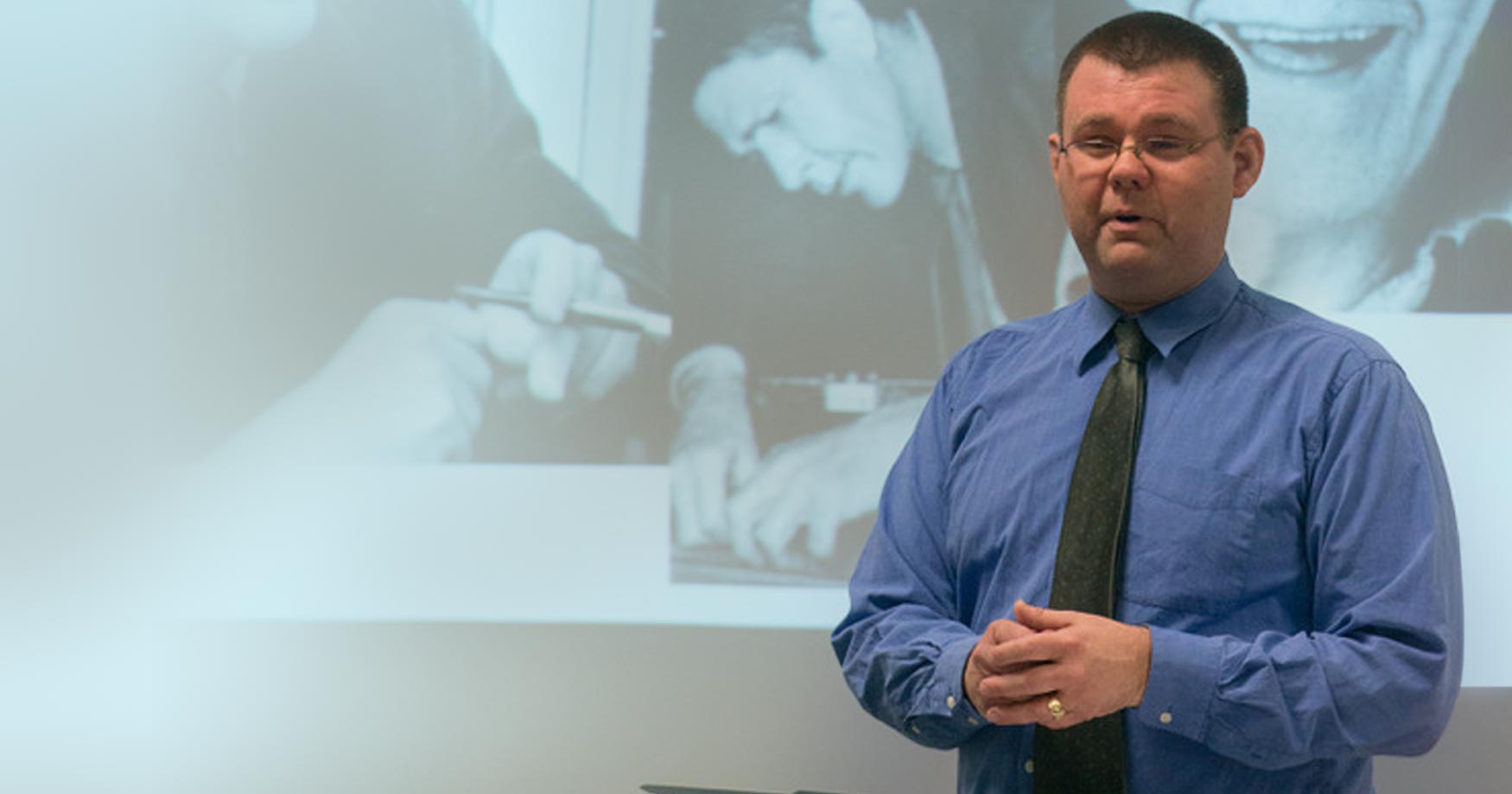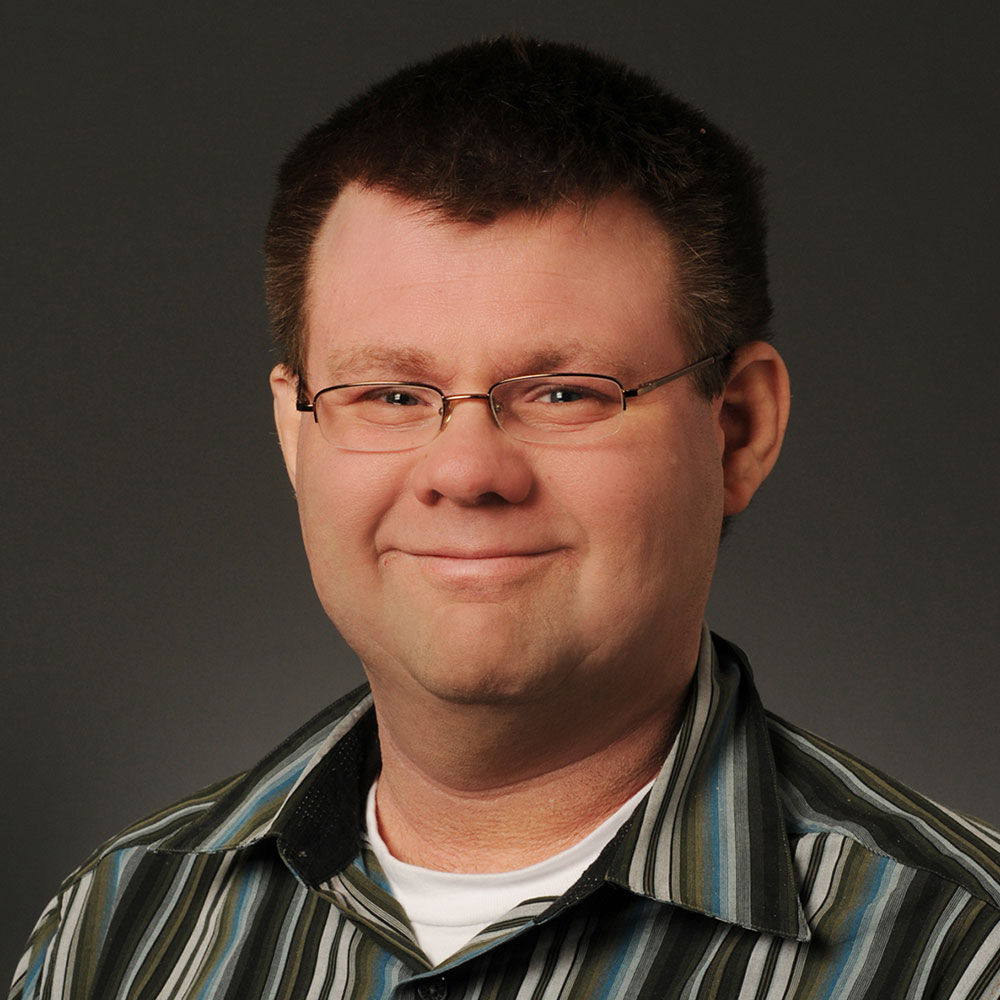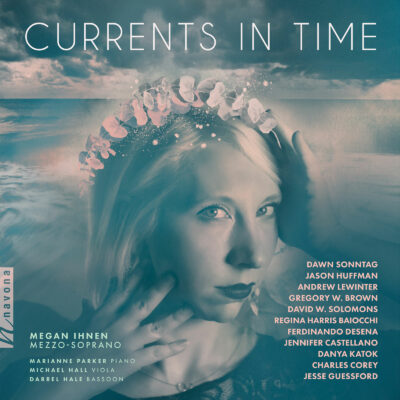
CURRENTS IN TIME showcases the profundity of the human voice in a prime selection of a cappella and subtly orchestrated compositions, whose lyrical foundations are as diverse as the emotional states transported. Featured on the album is composer Jesse Guessford’s piece, River House, a stirring poem set to music that simulates travels between an empty house and a house filled with memories of the past.
Today, Jesse is our featured artist in “The Inside Story,” a blog series exploring the inner workings and personalities of our composers and performers. Read on to learn how he built connections between classical music and other genres, and how the ocean serves as inspiration for groove in his music…
Who was your first favorite artist(s) growing up?
The first major artists that I followed were Duran Duran and David Bowie. I would go to record shops all over town crate diving, looking for the newest release. This is the music that began my love of melody and groove, which is something that I am still exploring today. At the same time, I was introduced to jazz, and as a saxophonist, Charlie Parker opened up all sorts of new melodic lines and virtuosity. I spent many an hour attempting to make sense of a Parker solo while playing it at half speed. Later, I started hearing the connections between the music that I listened to for fun — the Velvet Underground, King Crimson and James Brown — with the music that I was beginning to study — Stravinsky, George Crumb, and Philip Glass. These connections led me to become a composer.
When did you realize that you wanted to be an artist?
I was always interested in creation. I remember using my Commodore 64 to create little pieces in junior high school, making videos to go with the sound. I made sound collages on a tape recorder of me playing various different found instruments. I had questionable bands all through high school and college where I was learning to write songs. Playing and participating in music was just something that I did. Creation was always something that I liked to do.
I knew I wanted to be a composer when I realized that there was not a separation between the music I was listening to in my dorm room and the music I was studying in school. I had a fantastic theory teacher, Robert Maggio, who brought in the Beatles and other “popular” music into class. Giving me permission to remove the border between that helped me make this connection between “high” and “low” art. But it really was the first time I heard George Crumb’s Black Angels that I said, “oh, a string quartet can sound like that. That’s what I want to do.” This music focused on the same things I was listening for in all of the other music.
What was your most unusual performance, or the most embarrassing thing that happened to you during a performance?
I was Radio #2 in a performance of John Cage’s Speech. I found an old radio that did not really get any radio station in clearly, making it the perfect instrument for this work. It was old looking and needed to be plugged into the wall. Because of this, I had to remain stationary during the performance. Since the performance took place in an art museum, I was able to find a spot where I could sit, motionless, until the specific times the radio needed to be adjusted. For much of the performance, I sat there silent and still, with my blue hair contrasted against a red wall. Concert goers would walk by and question what I was doing and I sat there quiet. Until the radio came on, then my little quiet corner was filled with static and traces of recognizable songs and movement of the radio dials, morphing the sound from my corner of the performance.
If you could spend creative time anywhere in the world, where would it be and why?
A dock on the ocean, close enough to smell the water and hear the waves. I think the repetition of the waves hitting a surface speaks to my desire for groove and repetition in my music. I love these types of spots to cultivate ideas. I think those spots also come with the feeling of time slowing down. If the world is not moving as fast, I have time to think through my ideas and start shaping them into something that is useful.
If you could instantly have expertise performing one instrument, what instrument would that be?
Harp. I would love to have the physical ability to play harp. It is such a beautiful instrument.
Is there a specific feeling that you would like communicated to audiences in this work?
I think the poet of my work, Sally Keith, really says it the best in her text. My job as the composer was to desperately attempt to match her wonderful words and poetry, and their meaning to the listener. The song, and the song cycle the work is from, deals with loss. The loss of a parent, of an era of life, and the loss of a sense of place are major themes in this song. I hope that I was able to convey part of these emotions through the music. To me this song takes place during the grieving process, when the crying is over and the numbness of loss has set in. The song is small and quiet, loose in memories of a time and place.
Explore Jesse’s Latest Release
CURRENTS IN TIME
CURRENTS IN TIME is available now from Navona Records. Click here to visit the catalog page and explore this album.

Dr. Jesse Guessford serves as Director of Curriculum Undergraduate Education and as Associate Professor in the School of Music at George Mason University. Guessford received a B.S. in Music Education from West Chester University, a M.M. in Music Composition from the Crane School of Music, and a D.M.A. in Music Composition from the University of Illinois at Urbana-Champaign. Guessford has focused on the scholarship of teaching with and about technology and the music of John Cage. In addition, his music focuses on human and computer interplay.

